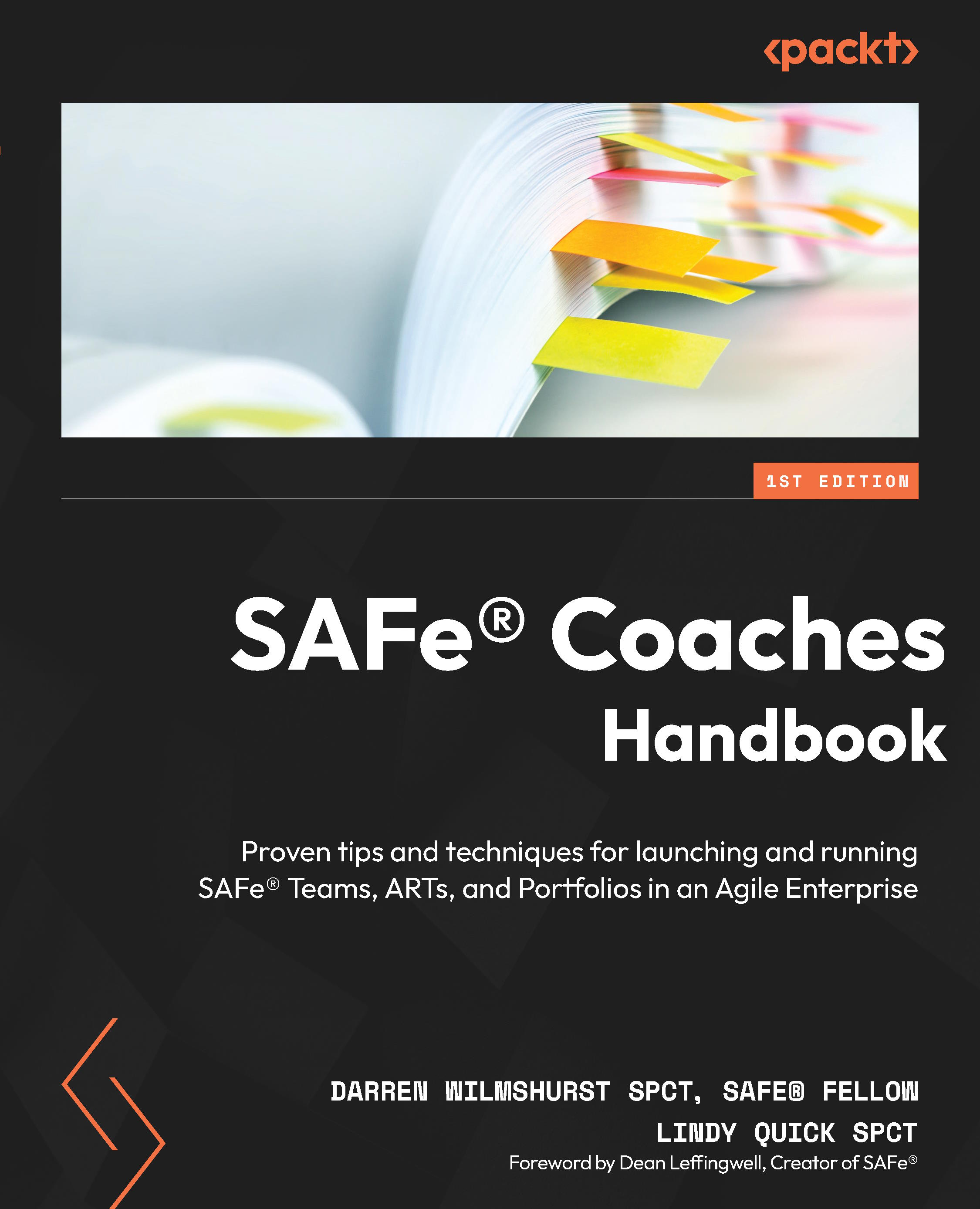The syncs
The equivalent of a Team Sync for the ART is the ART Sync. Depending on the ART, it may take various formats. The outcome is always alignment, impediment removal/escalation, and risk management.
SAFe® outlines three different sync events for the ART:
- The Coach Sync
- The Product Owner (PO) Sync
- The ART Sync
We will provide two additional syncs your ART may want to consider:
- A Technical Sync
- A Troika Sync
Coach Sync
The Coach Sync is a cadence-based event for the Release Train Engineer (RTE), Scrum Masters/Team Coaches, and selected Agile Team members or SMEs to align and continuously work to improve ART and team performance.
The RTE typically facilitates this event. All the Scrum Masters/Team Coaches should be present. Since this is the scaled version of the Team Sync, you will often find the event executed in a round-robin format and that the Scrum Masters/Team Coaches and RTE will answer these (or similar) questions...
































































